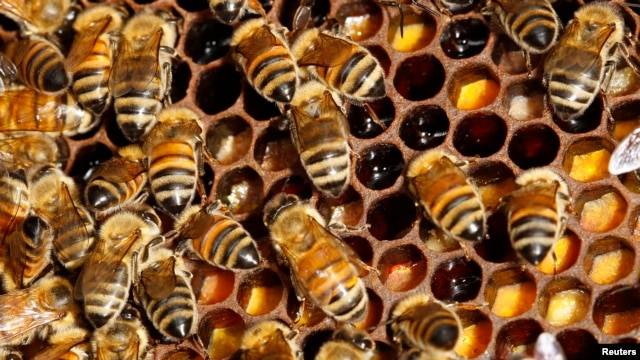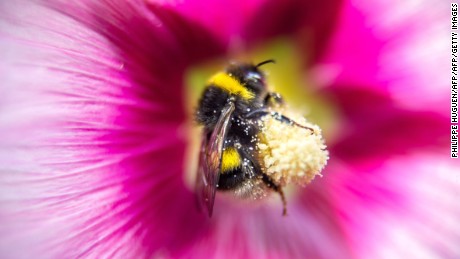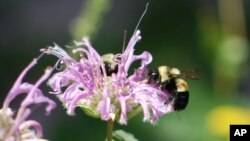David_42
Registered Democrat.
- Aug 9, 2015
- 3,616
- 833
- 245
Great news, bee populations have been dropping and that is harmful to all of us.
Court Rules Pesticide That’s Been Found To Harm Bees Is No Longer Approved In The U.S.
Court Rules Pesticide That’s Been Found To Harm Bees Is No Longer Approved In The U.S.
A certain pesticide that’s been found to harm bees is no longer approved for use in the United States, after a federal appeals court struck down the Environmental Protection Agency’s authorization of it Thursday.
The 9th U.S. Circuit Court of Appeals found that the EPA shouldn’t have signed off on Dow AgroSciences’ sulfoxaflor, which is sold under the brand names Transform and Closer, because it didn’t seek necessary, additional tests on it.
“Because the EPA’s decision to unconditionally register sulfoxaflor was based on flawed and limited data, we conclude that the unconditional approval was not supported by substantial evidence,” the court’s opinion reads. “We therefore vacate the EPA’s registration of sulfoxaflor.”
Because existing tests found that the pesticide — which is part of a broad class of insecticides called neonicotinoids — was toxic to bees, letting sulfoxaflor stay approved would have been dangerous for the environment, Circuit Judge Mary Schroeder said.






